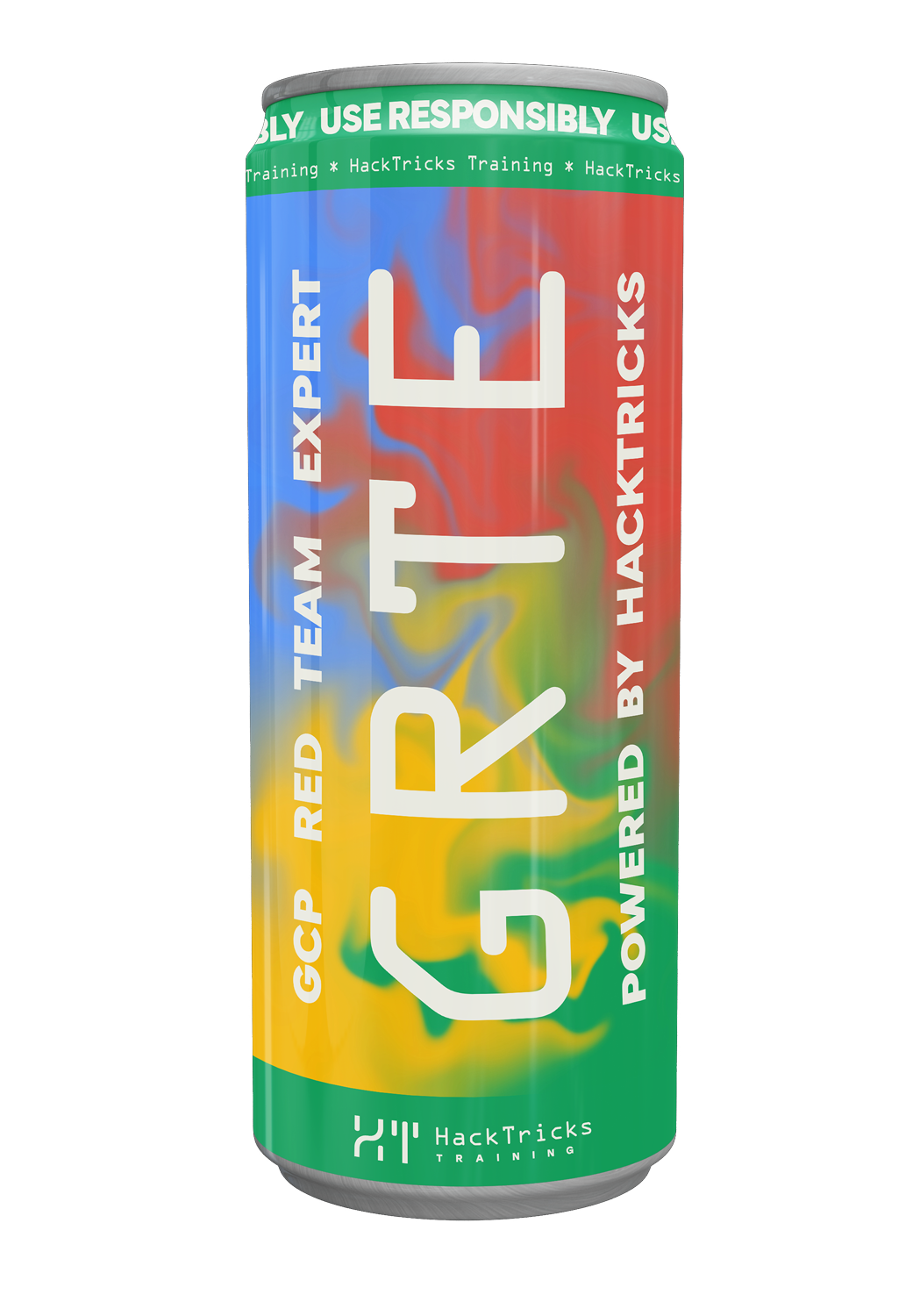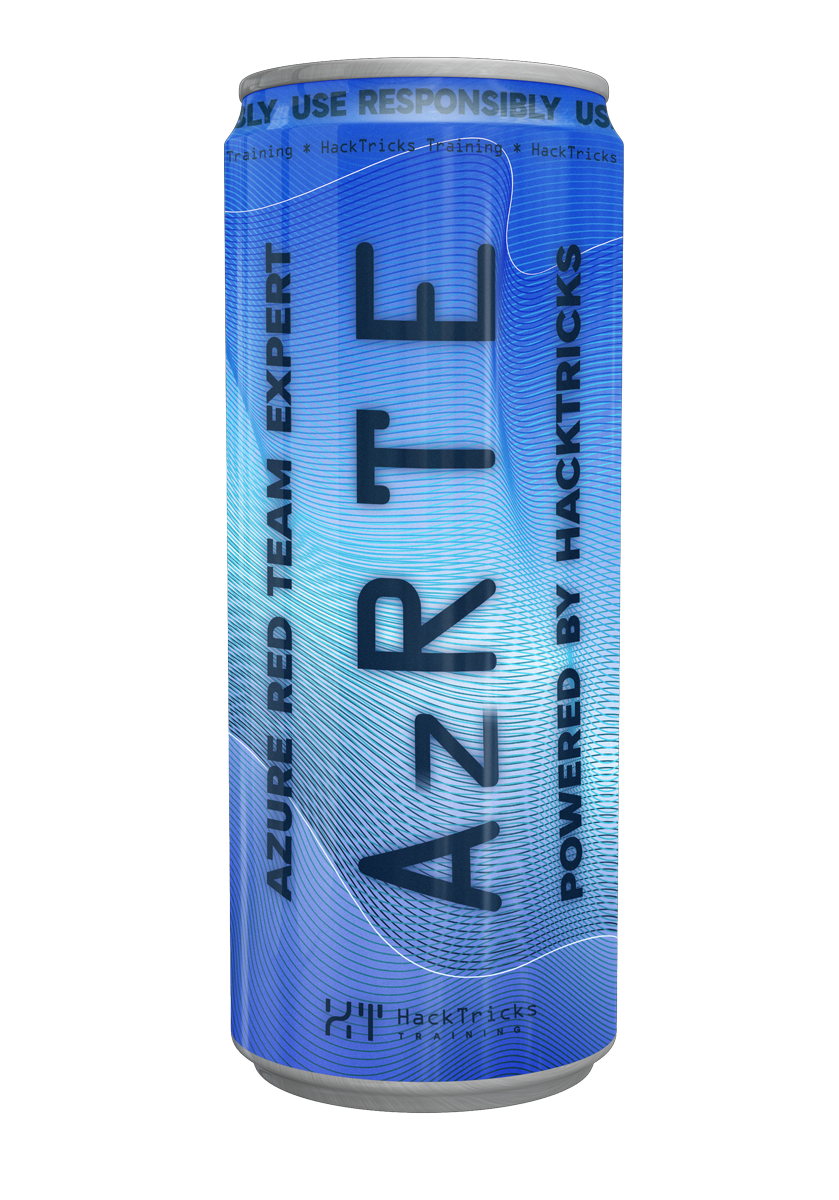Azure Pentesting
Reading time: 10 minutes
tip
Learn & practice AWS Hacking: HackTricks Training AWS Red Team Expert (ARTE)
HackTricks Training AWS Red Team Expert (ARTE)
Learn & practice GCP Hacking:  HackTricks Training GCP Red Team Expert (GRTE)
HackTricks Training GCP Red Team Expert (GRTE)
Learn & practice Az Hacking:  HackTricks Training Azure Red Team Expert (AzRTE)
HackTricks Training Azure Red Team Expert (AzRTE)
Support HackTricks
- Check the subscription plans!
- Join the 💬 Discord group or the telegram group or follow us on Twitter 🐦 @hacktricks_live.
- Share hacking tricks by submitting PRs to the HackTricks and HackTricks Cloud github repos.
Basic Information
Learn the basics of Azure and Entra ID in the following page:
Azure Pentester/Red Team Methodology
In order to audit an AZURE environment it's very important to know: which services are being used, what is being exposed, who has access to what, and how are internal Azure services and external services connected.
From a Red Team point of view, the first step to compromise an Azure environment is to manage to obtain some foothold.
External enum & Initial Access
The first step is of course to enumerate information about the tenant you are attacking and try to get a foothold.
Based on the domain name it's possible to know if the company if using Azure, get the tenant ID, get other valid domains in the same tenant (if more) and get relevant information like if SSO is enabled, mail configurations, valid user emails...
Check the following page to learn how to perform the external enumeration:
Az - Unauthenticated Enum & Initial Entry
With this information the most common ways to try to get a foothold are:
- OSINT: Check for leaks in Github or any other open source platform that could contain credentials or interesting information.
- Password reuse, leaks or password spraying
- Buy credentials to an employee
- Common Phishing (credentials or Oauth App)
- 3rd parties breached
- Vulnerabilities in Azure-Hosted Applications
- Server Side Request Forgery with access to metadata endpoint
- Subdomain takeovers like in https://godiego.co/posts/STO-Azure/
- Other azure services misconfigurations
- If some developer laptop is compromised (WinPEAS and LinPEAS can find this info):
- Inside
<HOME>/.AzureazureProfile.jsoncontains info about logged in users from the pastclouds.config containsinfo about subscriptionsservice_principal_entries.jsoncontains applications credentials (tenant id, clients and secret). Only in Linux & macOSmsal_token_cache.jsoncontains contains access tokens and refresh tokens. Only in Linux & macOSservice_principal_entries.binand msal_token_cache.bin are used in Windows and are encrypted with DPAPImsal_http_cache.binis a cache of HTTP request- Load it:
with open("msal_http_cache.bin", 'rb') as f: pickle.load(f)
- Load it:
AzureRmContext.jsoncontains information about previous logins using Az PowerShell (but no credentials)
- Inside
C:\Users\<username>\AppData\Local\Microsoft\IdentityCache\*are several.binfiles with access tokens, ID tokens and account information encrypted with the users DPAPI. - It’s possible to find more access tokens in the
.tbresfiles insideC:\Users\<username>\AppData\Local\Microsoft\TokenBroken\Cache\which contain a base64 encrypted with DPAPI with access tokens. - In Linux and macOS you can get access tokens, refresh tokens and id tokens from Az PowerShell (if used) running
pwsh -Command "Save-AzContext -Path /tmp/az-context.json"- In Windows this just generates id tokens.
- Possible to see if Az PowerShell was used in Linux and macSO checking is
$HOME/.local/share/.IdentityService/exists (although the contained files are empty and useless)
- Inside
Find other Azure Services misconfigurations that cal lead to a foothold in the following page:
Az - Unauthenticated Enum & Initial Entry
note
Remember that usually the noisiest part of the enumeration is the login, not the enumeration itself.
Azure & Entra ID tooling
The following tools will be super useful to enumerate both Entra ID tenants and Azure environments slowly (to avoid detection) or automatically (to save time):
Bypass Access Policies
.png)
In cases where you have some valid credentials but you cannot login, these are some common protections that could be in place:
- IP whitelisting -- You need to compromise a valid IP
- Geo restrictions -- Find where the user lives or where are the offices of the company and get a IP from the same city (or contry at least)
- Browser -- Maybe only a browser from certain OS (Windows, Linux, Mac, Android, iOS) is allowed. Find out which OS the victim/company uses.
- You can also try to compromise Service Principal credentials as they usually are less limited and its login is less reviewed
After bypassing it, you might be able to get back to your initial setup and you will still have access.
Check:
Az - Conditional Access Policies & MFA Bypass
Whoami
caution
Learn how to install az cli, AzureAD and Az PowerShell in the Az - Entra ID section.
One of the first things you need to know is who you are (in which environment you are):
az account list
az account tenant list # Current tenant info
az account subscription list # Current subscription info
az ad signed-in-user show # Current signed-in user
az ad signed-in-user list-owned-objects # Get owned objects by current user
az account management-group list #Not allowed by default
Entra ID Enumeration & Privesc
By default, any user should have enough permissions to enumerate things such as users, groups, roles, service principals... (check default AzureAD permissions).
You can find here a guide:
Az - Entra ID (AzureAD) & Azure IAM
Check the Post-Exploitation tools to find tools to escalate privileges in Entra ID like AzureHound:
Automated Post Exploitation Tools
Azure Enumeration
Once you know who you are, you can start enumerating the Azure services you have access to.
You should start finding out the permissions you have over the resources. For this:
- Find the resource you have some acecss to:
tip
This doesn't require any special permission.
The Az PoswerShell command Get-AzResource lets you know the resources your current user has visibility over.
Moreover, you can get the same info in the web console going to https://portal.azure.com/#view/HubsExtension/BrowseAll or searching for "All resources" or executing:
az rest --method GET --url "https://management.azure.com/subscriptions/<subscription-id>/resources?api-version=2021-04-01"
- Find the permissions you have over the resources you can see:
tip
This doesn't require any special permission.
Talking to the API https://management.azure.com/{resource_id}/providers/Microsoft.Authorization/permissions?api-version=2022-04-01 you can get the permissions you have over the specified resource in the resource_id.
Therefore, checking each of the resources you have access to, you can get the permissions you have over them.
warning
You can automate this enumeration using the tool Find_My_Az_Management_Permissions.
Enumerate permissions with **`Microsoft.Authorization/roleAssignments/read`**
tip
Note that you need the permission Microsoft.Authorization/roleAssignments/read to execute this action.
- With enough permissions, the role
Get-AzRoleAssignmentcan be used to enumerate all the roles in the subscription or the permission over a specific resource indicatig it like in:
Get-AzRoleAssignment -Scope /subscriptions/<subscription-id>/resourceGroups/Resource_Group_1/providers/Microsoft.RecoveryServices/vaults/vault-m3ww8ut4
It's also possible to get this information running:
az rest --method GET --uri "https://management.azure.com/<Scope>/providers/Microsoft.Authorization/roleAssignments?api-version=2022-04-01" | jq ".value"
like in:
az rest --method GET --uri "https://management.azure.com//subscriptions/<subscription-id>/resourceGroups/Resource_Group_1/providers/Microsoft.KeyVault/vaults/vault-m3ww8ut4/providers/Microsoft.Authorization/roleAssignments?api-version=2022-04-01" | jq ".value"
- Another option is to get the roles attached to you in azure. This also requires the permission
Microsoft.Authorization/roleAssignments/read:
az role assignment list --assignee "<email>" --all --output table
Or running the following (If the results are empty it might be because you don't have the permission to get them):
az rest --method GET --uri 'https://management.azure.com/subscriptions/<subscription-id>/providers/Microsoft.Authorization/roleAssignments?api-version=2022-04-01&$filter=principalId eq '<user-id>'
- Find the granular permissions of the roles attached to you:
Then, to get the granular permission you could run (Get-AzRoleDefinition -Id "<RoleDefinitionId>").Actions.
Or call the API directly with
az rest --method GET --uri "https://management.azure.com//subscriptions/<subscription-id>/providers/Microsoft.Authorization/roleDefinitions/<RoleDefinitionId>?api-version=2022-04-01" | jq ".properties"
In the following section you can find information about the most common Azure services and how to enumerate them:
Privilege Escalation, Post-Exploitation & Persistence
Once you know how is the Azure environment structured and what services are being used, you can start looking for ways to escalate privileges, move laterally, perform other post-exploitation attacks and maintain persistence.
In the following section you can find information about how to escalate privileges in the most common Azure services:
In the following one you can find information about how to perform post-exploitation attacks in the most common Azure services:
In the following one you can find information about how to maintain persistence in the most common Azure services:
tip
Learn & practice AWS Hacking: HackTricks Training AWS Red Team Expert (ARTE)
HackTricks Training AWS Red Team Expert (ARTE)
Learn & practice GCP Hacking:  HackTricks Training GCP Red Team Expert (GRTE)
HackTricks Training GCP Red Team Expert (GRTE)
Learn & practice Az Hacking:  HackTricks Training Azure Red Team Expert (AzRTE)
HackTricks Training Azure Red Team Expert (AzRTE)
Support HackTricks
- Check the subscription plans!
- Join the 💬 Discord group or the telegram group or follow us on Twitter 🐦 @hacktricks_live.
- Share hacking tricks by submitting PRs to the HackTricks and HackTricks Cloud github repos.
 HackTricks Cloud
HackTricks Cloud